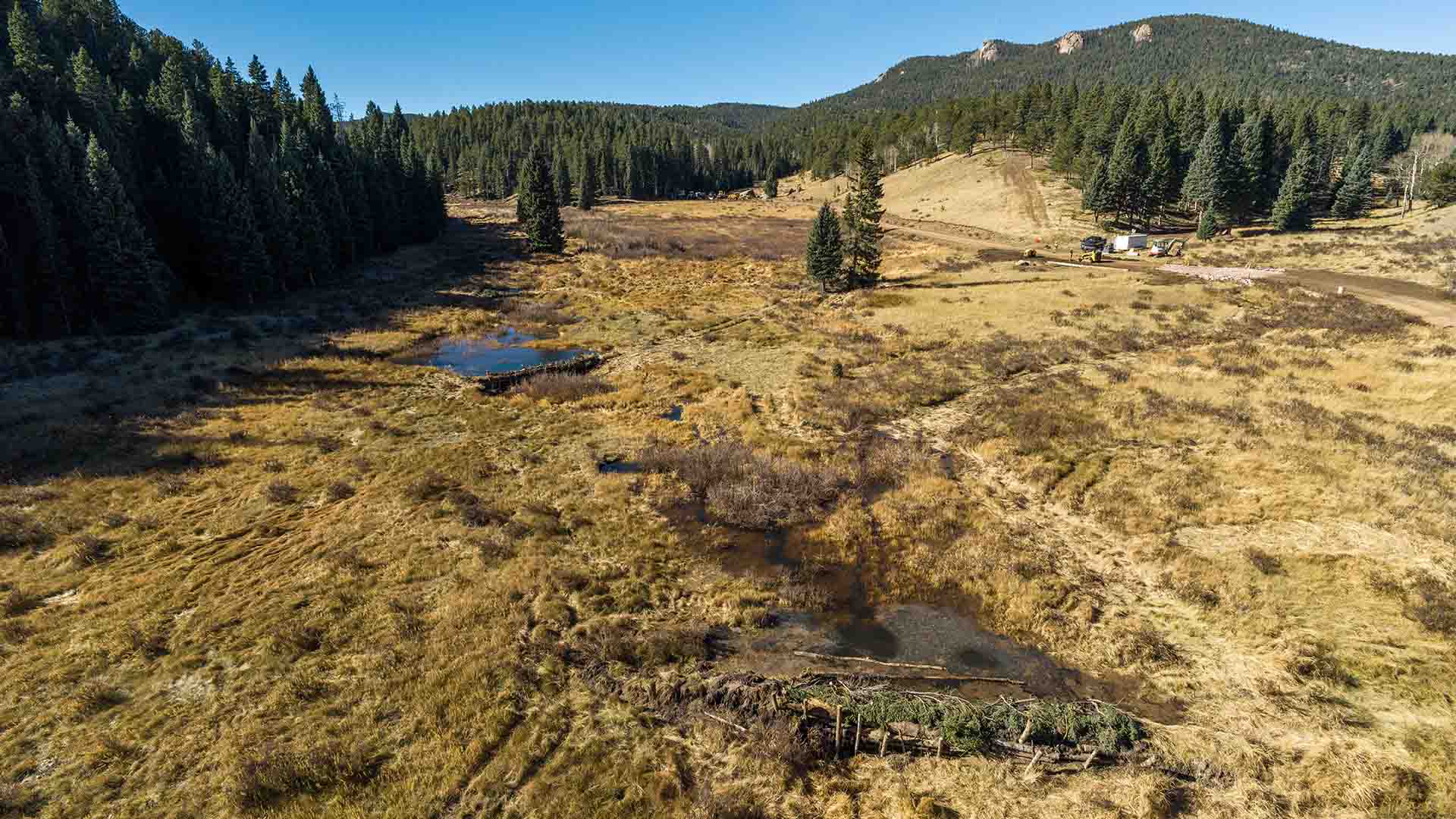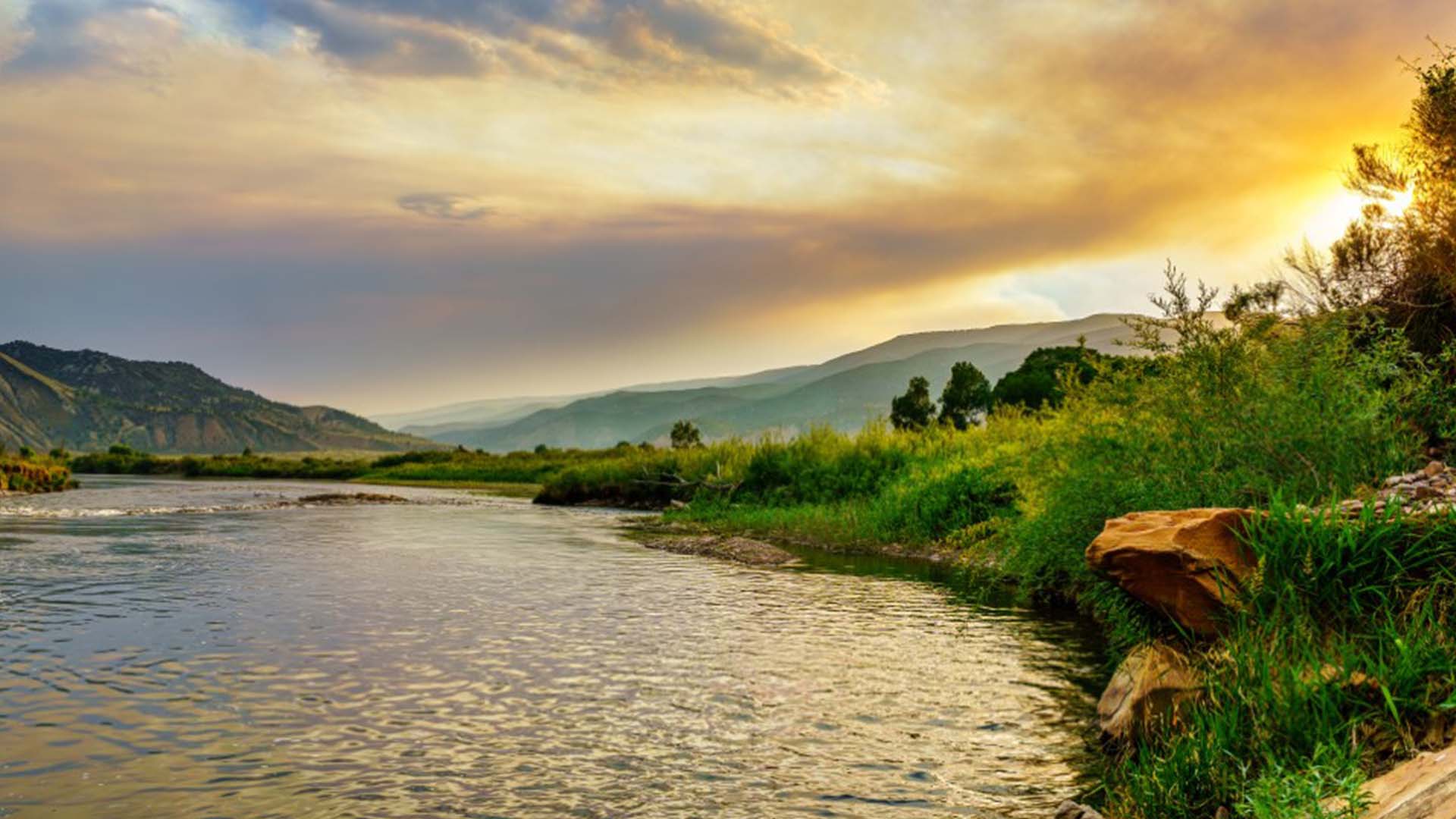
Jennifer J.
Duration: 1 minute
Published on November 20, 2025
Clean, safe tap water begins at the source. That’s why it’s important we protect the natural areas that supply our drinking water.
All the water we provide our customers with is from surface water sources, which means from bodies of water found on the surface of the ground. It’s water that begins as snowmelt and precipitation that travels through streams, rivers and reservoirs on its journey to our treatment plants.
The natural areas that the water flows through are called watersheds. In Colorado, many of our watersheds are vulnerable to wildfire due to decades of overgrowth. Post-fire impacts include ash and sedimentation that can overwhelm streams and reservoirs and impact water quality.
We partner with the Colorado Forest Service on fire mitigation projects that help reduce the risk of wildfire in these watersheds. This valuable partnership focuses primarily on forest health treatments like thinning fuel-heavy areas and creating strategic fire breaks. A key area for these projects is on the North and South Slopes of Pikes Peak near our reservoirs where conifer overgrowth has occurred and created denser fuel loads.
This year, in addition to our ongoing collaborative projects with CFS, we also implemented a new project that leans on resources left in place by former Pikes Peak residents: beavers.
Beavers are nature’s fire mitigators. They build permeable dams that allow some water to flow through but mostly slow stream flows enough to allow the water to spread and soak into the ground. The resulting landscapes become riparian corridors that act as natural “green breaks” that keep wildfire from spreading.
Once, beavers inhabited parts of Pikes Peak, including an area above our North Catamount Reservoir. We located the remnants of their dams and—using grant funds from the Colorado Water Conservation Board—rebuilt them this fall. These Simulated Beaver Structures, or SBSs, are already doing what they were intended for: slowing the flow of water and causing it to spread out in the corridor above the reservoir.
This approach is known as low-tech process-based restoration. It’s something that others are implementing in heavily forested areas in the West, where historic and catastrophic wildfires have occurred in recent decades.
Eventually, we expect to see aspen and willow growing back in the North Catamount Reservoir corridor where the SBSs were installed. These “wetter” trees are not only more impervious to fire than conifers, but they are also some of the beavers’ preferred food.
Will this project draw these “ecosystem engineers” back to the North Slope of the Peak? It’s too soon to say. What we do know is that incorporating beaver ingenuity and engineering as part of our watershed protection plan will help mitigate risks to our water infrastructure and water quality.






